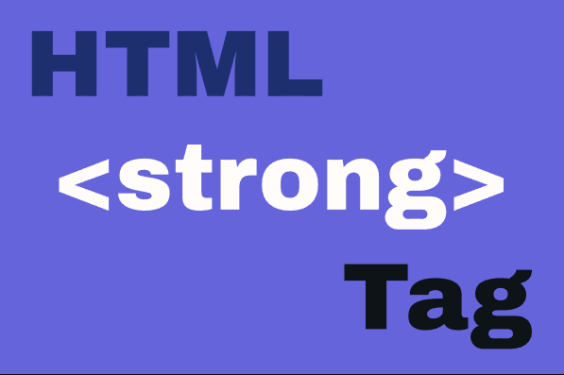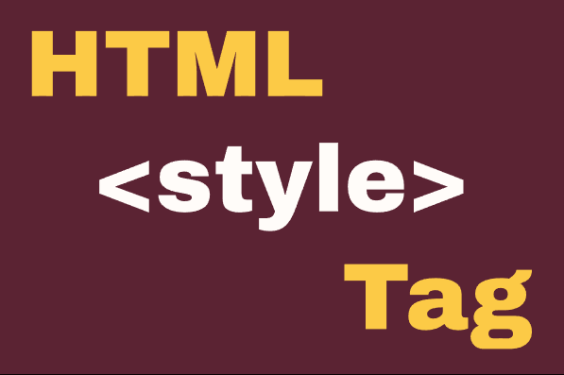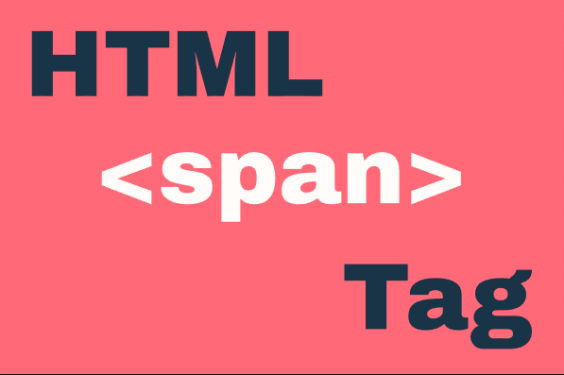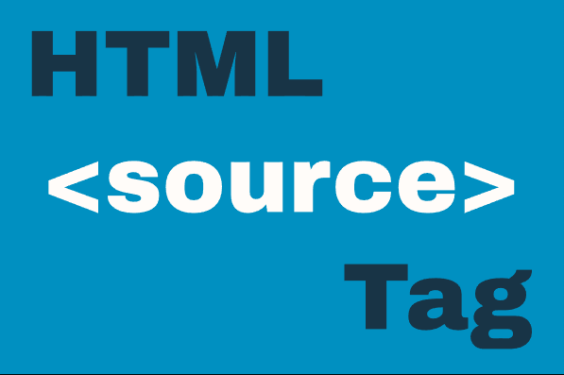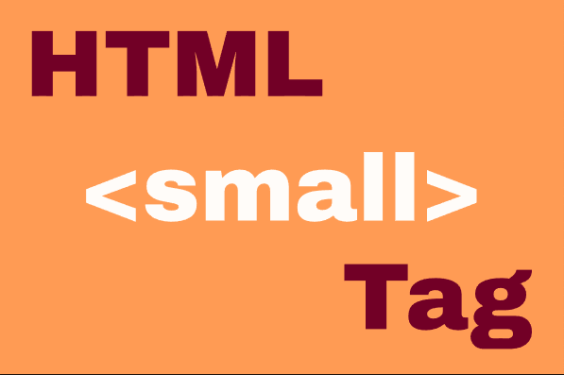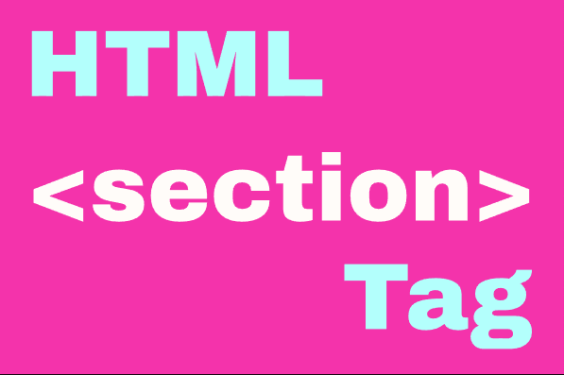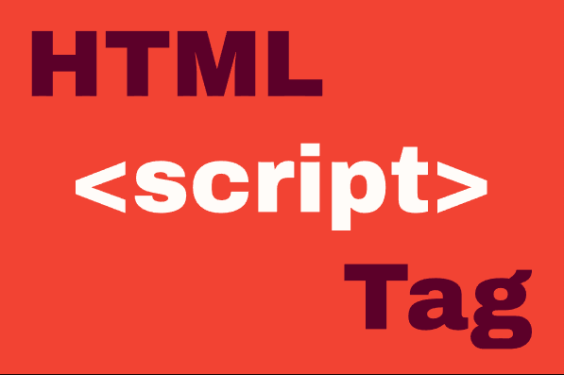HTML <strong> Element
Publish in HTML Tutorial el 25/05/2025 16:34
The <strong> element is used to indicate that its content has strong importance, seriousness, or urgency. Browsers typically render the text in bold, but this is purely presentational - the real meaning is semantic importance.
Key characteristics of <strong>:
- Semantic meaning: Indicates important content
- Default styling: Typically bold (but can be changed with CSS)
- Accessibility: Screen readers may emphasize this content
- SEO: Search engines may give more weight to this content
Difference between <strong> and <b>: While both may look similar visually, <strong> carries semantic meaning while <b> is purely presentational.
Basic Syntax
Here's how the basic <strong> element looks in code:
And this is how it renders:
This text is importantWhen to Use <strong>
- To indicate important warnings or notices
- To emphasize key points in your content
- For content that needs to stand out for accessibility
- When the importance is semantic rather than just visual
Examples of <strong> Usage
Example 1: Basic Usage
A simple example showing important text in a paragraph.
Example 2: Multiple Strong Elements
Showing how multiple important phrases can be emphasized in a single paragraph.
Example 3: Strong with Other Elements
Demonstrating how <strong> can be combined with other HTML elements.
Example 4: Dynamic Strong with JavaScript
Using JavaScript to dynamically apply <strong> to important words.
Example 5: Toggle Strong with JavaScript
Creating a button that toggles <strong> on selected text.
Tips and Tricks
1. Don't Overuse
Reserve <strong> for truly important content. Overusing it dilutes its semantic meaning.
2. Combine with ARIA
For critical alerts, combine with ARIA attributes for better accessibility:
3. CSS Customization
You can style <strong> elements differently than the default bold:
4. Nested Strong Elements
While you can nest <strong> elements, it's generally not recommended as it doesn't add additional semantic meaning:
5. SEO Considerations
Search engines may give slightly more weight to content within <strong> tags, but don't rely on this for SEO - focus on quality content.
Conclusion
The <strong> element is a valuable tool for marking up important content in your web pages. Remember that its primary purpose is semantic rather than presentational - use it to convey importance, not just to make text bold. For purely visual styling, CSS is often the better choice.
